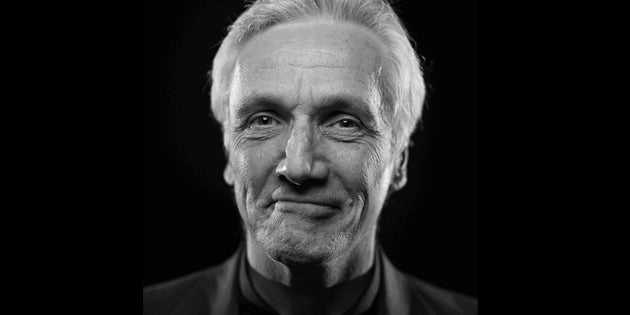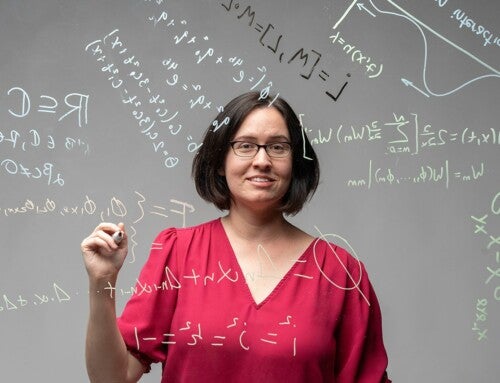“If all we as teachers do is reinforce ideas already held by our students, we have taught nothing.”
Theatre Professor Evan Parry is one of CHARLIE Magazine’s 50 Most Progressive People of 2014. That means he’s one of the most forward-thinking people making a positive impact on the future of Charleston.
He says teaching theatre is a marriage of two of the most progressive ways of life one could pursue. So, pushing the boundaries is absolutely necessary.
RELATED: Read Evan Parry’s profile in CHARLIE Mag.
Q: How are you progressive?
A: I think theatre is inherently progressive in that it has always been a place where new and challenging ideas are presented. Teaching, by its very nature, requires a dialogue between different points of view, sometimes seemingly contradictory. My approach to these two vocations always emphasizes the need to listen to new ideas, to people who aren’t the same as us.
As a teacher of acting, it is my responsibility to teach young actors that in the theatre, as in life, they cannot, must not judge or generalize about their character; they must empathize with, try to understand that character. Failure to do so will result in work that is cliché-ridden and untruthful.
Similarly, to do the same in real life is to choose to be close-minded and engage in hate speech. The moment we generalize about others on the basis of anything that is different from our experience or something foreign to us, we become worse than we could ever imagine those others to be. My teaching is based upon that sense of progressiveness, one that is inclusive and embraces diversity in every way it can.
Q: You recently directed “She Kills Monsters.” How did that show push the boundaries?
A: “She Kills Monsters” was progressive in three foundational ways. First, we told the story using a variety of visual and sound elements, all designed by students; these included scenery, costumes, hair and makeup, lighting, sound, original music, weapons, projections and artwork. It was the first time I had worked with such a large group of designers, and the first time working with an all-student team. Second, the breadth of this design effort encouraged me to reach out to other departments on campus. It allowed me to do something I’ve always wanted – to collaborate with colleagues in dance, music, visual art, commuter science, psychology, languages and so on. Third, it was a story about a woman who learns that her deceased younger sister had been a lesbian; she works through her personal struggle with that to come to embrace it.
RELATED: Theatre and music students push the boundaries in “She Kills Monsters.”
Q: As a professor, why is it important to be thinking of innovations and pushing the boundaries?
A: Our students expect, and are entitled to expect us to maintain our professional profiles and to remain current in our fields. One of the ways of doing that is to employ new technologies, like we did in “She Kills Monsters.” For me, trying to be innovative and push the boundaries is an absolutely necessary and foundational part of teaching.
Q: What excites you most about your job?
A: Watching my students do things they never have before, see things as they never have before. The joy I get when I see a student make progress with their work, or to look at something in a new way for the first time makes teaching exciting.
RELATED: Watch Evan Parry talk about the theatre department.
Q: What is your big dream? How are you going to push the boundaries next?
A: I have a number of big dreams. I want to continue to collaborate; I’d like to do new work with our composition teachers and students in music, to integrate painting and sculpture in our productions with the help of our studio art faculty and students. I want to work with colleagues across campus to select plays for our season specifically in order to engage their students with challenging and meaningful issues. I want to see our theatre offerings continue to embrace cinema, video, computer-generated imagery, animation.
Probably what is burning in me the most right now is to create a new physical theatre piece in collaboration with some of my colleagues in dance.





